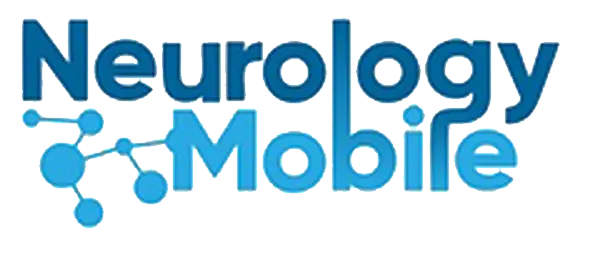
Menú

An electroencephalogram (EEG) is a test that detects electrical activity in your brain using small, metal discs (electrodes) attached to your scalp. Your brain cells communicate via electrical impulses, even when you’re asleep. This activity shows up as wavy lines on an EEG recording. An EEG is one of the main diagnostic tests for epilepsy and many other brain disorders.

You or a close family member will be asked to sign a legal document called a consent form. It gives healthcare providers permission to do the procedure. It also explains the problems that may happen, and your choices. Make sure all your questions are answered before you sign this form.
Food and medications:
Avoid anything with caffeine on the day of the test because it can affect the test results.
Take your usual medications unless instructed otherwise.
Other precautions:
Wash your hair the night before or the day of the test, but don’t use conditioners, hair creams, sprays or styling gels. Hair products can make it harder for the sticky patches that hold the electrodes to adhere to your scalp.
If you’re supposed to sleep during your EEG test, your doctor might ask you to sleep less or avoid to sleep at all the night before your test.
EEG is a safe and painless procedure. Sometimes seizures are intentionally triggered in people with epilepsy during the test, but appropriate medical care is provided if needed.
During the test you will feel little or no discomfort during an EEG. The electrodes don’t transmit any sensations. They just record your brain waves.
Here are some things you can expect to happen during an EEG:
A technician measures your head and marks your scalp with a special pencil to indicate where to attach the electrodes. Those spots on your scalp might be scrubbed with a gritty cream to improve the quality of the recording.
A technician attaches discs (electrodes) to your scalp using a special adhesive. Sometimes, an elastic cap fitted with electrodes is used instead. The electrodes are connected with wires to an instrument that amplifies the brain waves and records them on computer equipment.
Once the electrodes are in place, an EEG typically takes up to 60 minutes. Testing for certain conditions require you to sleep during the test. In that case, the test can be longer.
You relax in a comfortable position with your eyes closed during the test. At various times, the technician might ask you to open and close your eyes, perform a few simple calculations, read a paragraph, look at a picture, breathe deeply for a few minutes, or look at a flashing light.
Video is routinely recorded during the EG. Your body motions are captured by a video camera while the EEG records your brain waves. This combined recording can help your doctor diagnose and treat your condition.
Ambulatory EEGs (aEEGs), which allow for longer monitoring outside an office or hospital setting, are in limited use. This test can record brain activity over several days, which increases the chances of catching any seizure activity. However, compared to inpatient video-EEG monitoring, an ambulatory EEG is not as good at determining the difference between epileptic seizures and nonepileptic seizures.
Electro-encephalography (EEG) studies are either performed at the Neurology Mobile System Associates offices in 10661 SW 88 Th St, Suite 104 MIAMI, FL 33176, or in another Medical Office, appointed for your convenience – Please arrive at least 15 minutes before your appointment – If you anticipate being late please call to reschedule at 305 2707771 – If you need to cancel your appointment, please do so at the same phone number, at least 24 hours in advance.